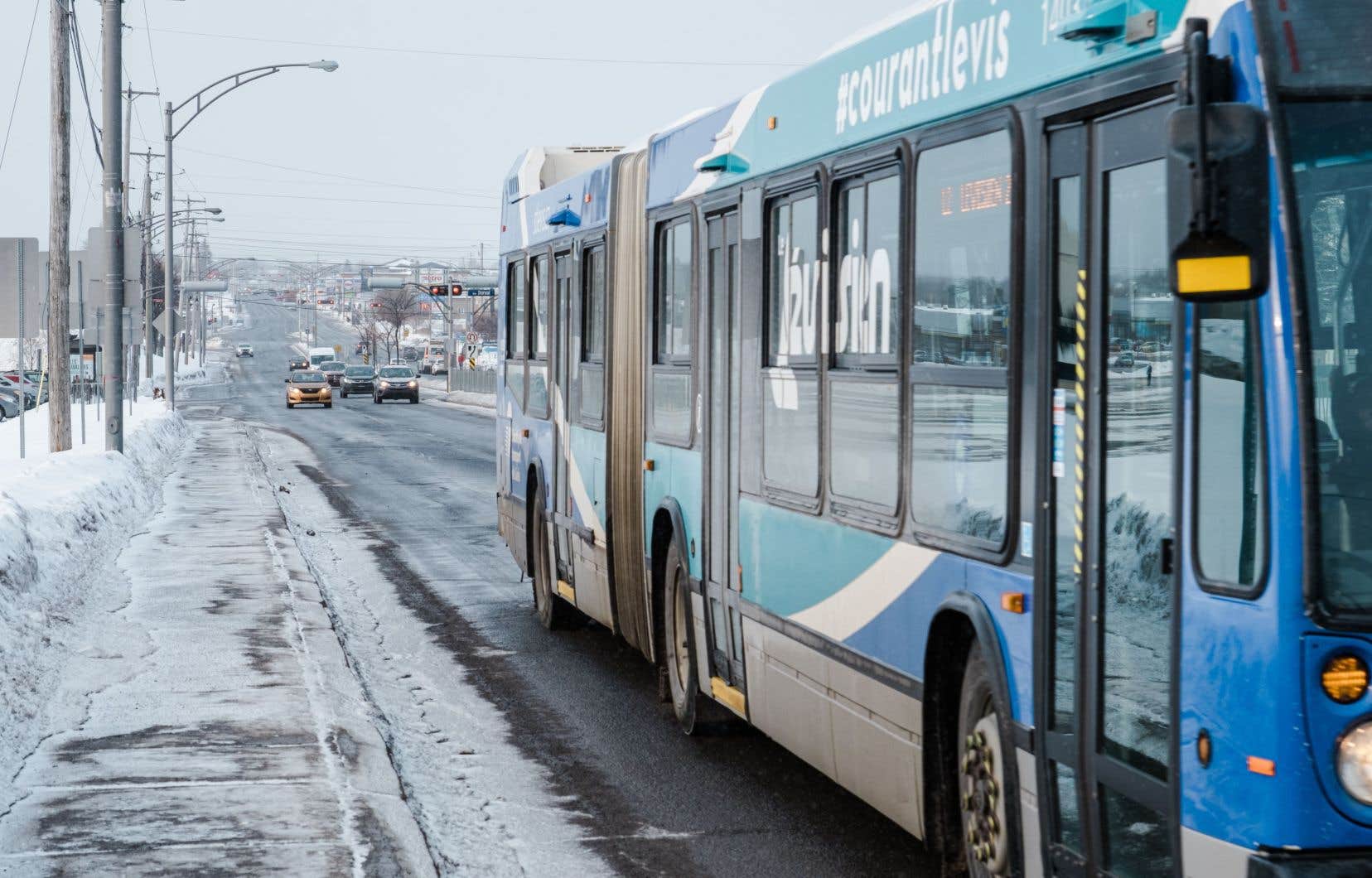Despite the billions of dollars invested by Ottawa, there were fewer buses on the country’s roads in 2022 than nine years previously, according to a report published by Équiterre and Environmental Defense which recommends that the federal government invest an additional three billion dollars per year. year to finance public transportation services.
Since 2015, Ottawa has provided more than $20 billion in funding to support public transit projects in communities across the country.
Still, there were fewer buses on the country’s roads in 2022 than nine years ago, according to the report released Tuesday.
Based on data from the Canadian Urban Transit Association (CUTA), the document indicates that the number of buses in Canada in public transit services was 15,530 in 2013 compared to 16,926 in 2022.
However, an average of 12,470 vehicles were on the roads during peak hours in 2013, while in 2022 the number was 12,389.
“Surplus replacement buses”
This drop in buses on the roads could be explained by an “increase in excess replacement buses”, that is to say that many vehicles would simply not be used.
“It is estimated that 1,700 buses are gathering dust in garages across the country,” we can read in the report, which explains this situation by the lack of financing of transport companies.
“The Canadian government has invested a lot to finance the purchase of new buses or new infrastructure, which represents excellent news”, but “we must now ensure that all these new buses quickly come out of the garage and transport the population” , said Nate Wallace, clean transportation program manager at Environmental Defense.
Public transportation activities are funded by the provinces and municipalities, but the authors of the report suggest that the federal government assume part of the costs to prevent its decline.
Doubling the federal permanent fund
The new permanent fund for public transit in Canada, announced in 2021, provides $3 billion per year from 2026-2027 for public transit projects in cities.
“But it is not expected that cities will use this fund for operations,” indicated Équiterre sustainable mobility analyst Anne-Catherine Pilon.
His organization is therefore asking that the federal government “double down” and extend an additional 3 billion to “help cities finance public transport operations”.
“With the upcoming creation of the Permanent Public Transit Fund, Canada has an unprecedented opportunity to catch up with its counterparts around the world on public transit performance,” the report reads. .
“Doubling public transit ridership”
The Équiterre and Environmental Defense report proposes a plan based on four key measures: providing funding for public transport operations, encouraging residential density near public transport, encouraging the purchase of electric buses and encouraging cities to set up dedicated bus lanes.
According to the authors of the report modeled by the firm Dunsky + Climate Advisors, by combining these four measures, Canada could “double national public transit ridership and reduce the kilometers traveled by car by 35% by 2035.”
This plan would require additional investments of $35 billion over 12 years.
“Which is roughly the equivalent of the government’s investment in the Trans Mountain pipeline. The difference is that our plan allows people – and not oil – to move more quickly and at lower cost,” said analyst Anne-Catherine Pilon.
“For comparison, this expenditure could be entirely financed by increasing the general federal tax rate applicable to corporate profits by a single percentage point: this sum would represent approximately 0.5% of total federal expenditures planned in 2024 “, we can read in the report.
Increase in services in Quebec
There are on average 7% fewer public transit services (calculated in vehicle kilometers traveled) in Canada today than eight years ago, according to the report released Tuesday.
However, this is a national average and in some provinces, services would have increased.
This would be the case in Quebec, where the number of kilometers traveled per vehicle has increased by 9% since 2016, according to analyst Anne-Catherine Pilon.
